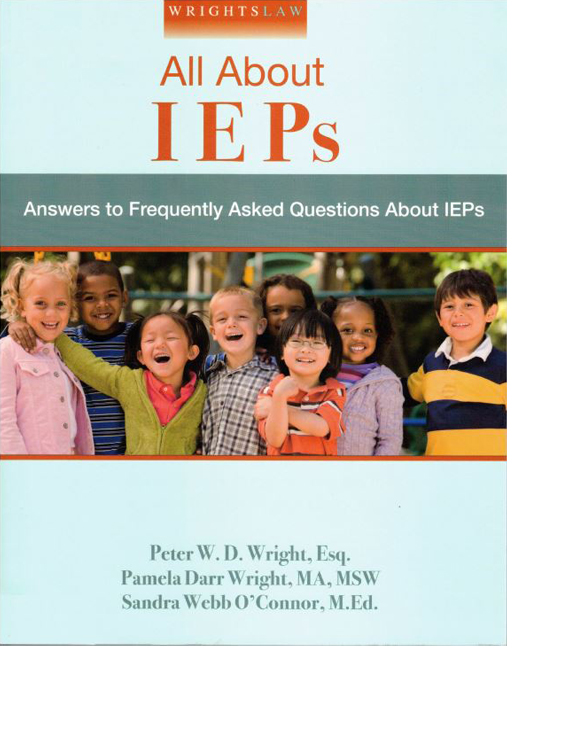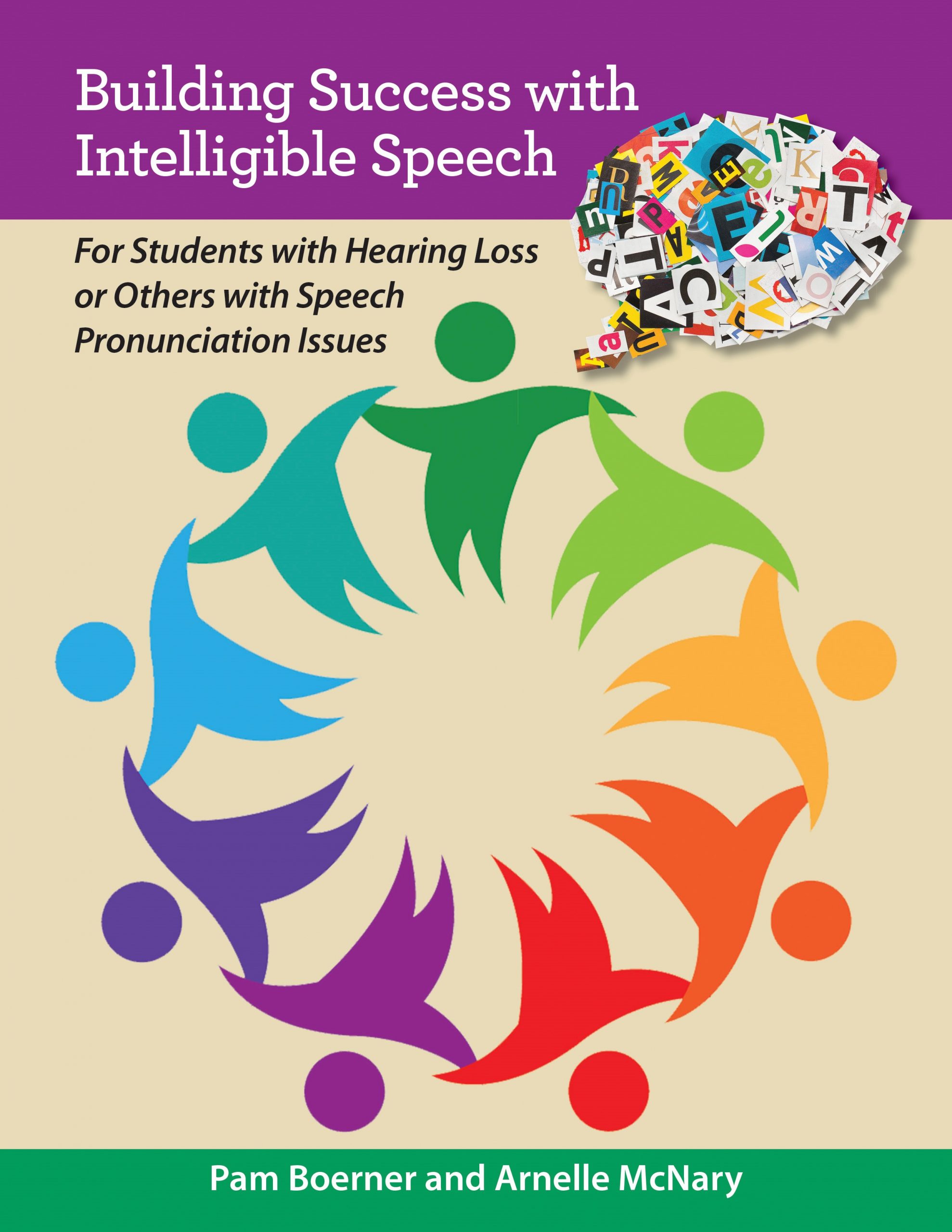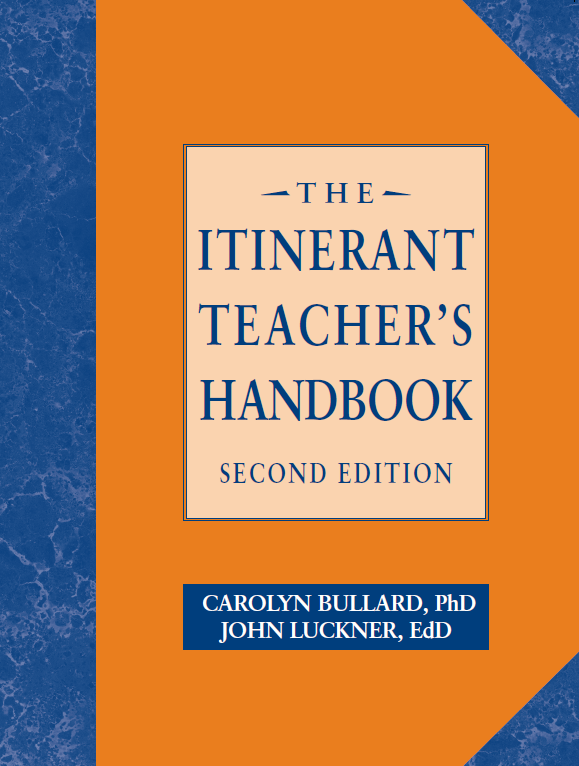Related Products
For Professionals
- Amplification
- Assessment of Student Skills, Challenges, Needs
- Early Childhood: Infants, Toddlers, Preschool
- Hearing Loss – Identification, Impact and Next Steps
- IDEA Law Summary Information
- Language and Speech Development Issues
- Legal Issues in Serving Children with Hearing Loss
- Listening (Auditory Skills) Development
- Planning to Meet Student Needs
- Self-Advocacy Skills for Students with Hearing Loss
- Self-Concept: How the Child with Hearing Loss Sees Himself
- Social Skills
- Speech Perception & Learning
Related Teacher Tools Takeout Items
Supporting Students Who Are Deaf Plus

The term “Deaf Plus” refers to having both hearing loss and another disability or eligibility that qualifies the student for special education under the IDEA. It can often be difficult for educational teams to appropriately support these students as some IEP teams will only recognize or focus on one eligibility (ie: only medical issues, only autism, or only hearing loss) and not address all needs with equity. Lack of knowledge about the impacts of hearing loss by teachers and administrators adds to this challenge. The result leaves some students and families without all of the appropriate supports and services they need in the educational setting. Just as children with hearing loss cannot know when they didn’t hear something, specialists and educators don’t know what they don’t know about a disability they have not studied.
Approximately 40% of children with hearing loss have another disability. Newborn Hearing Screening (NBHS) programs test babies for hearing loss prior to leaving the hospital. However, when children are born with other medical conditions or other disabilities that are evident at birth, their hearing loss is typically identified 2 1/2 months later than children with no other medical conditions1. Unfortunately, children who have medical conditions identified after the newborn period, including but not limited to ADHD, Cerebral Palsy, Autism Spectrum Disorder (ASD), and other physical/medical conditions that are evident at birth, are often not successfully screened for hearing loss. The children may be screened, but because they are hard to test, the results may not be taken seriously, are documented as unreliable, or are not followed up on while the medical professionals and families deal with other identified and known areas of need. Additionally, while the IDEA indicates that IEP teams should not identify children with hearing loss as being eligible for special education under the qualifying condition of Specific Learning Disability (SLD), there are professionals in the field who recognize that children can have both hearing loss and a learning disability.
Following is a comparison of the rates of some disabilities in the general population vs. children with hearing loss. Rates of Conditions Among Children Who Are Deaf/HH2
| Type of Disability | Rates Among Children Who are Deaf/HH | Rates in the General Population |
| No Disabilities | 60% | 86% |
| Cognitive (ID) | 8.3% | 0.71% |
| Cerebral Palsy | – | 0.31% |
| Blindness & VI | 5.5% | 0.13% |
| ADHD | 5.4% | 5-10% |
| Specific Learning Disability | 8% | 5-10% |
| Autism Spectrum Disorder | 7% | 1% |
For children who are Deaf Plus, it is critical to have complete teams both medically and educationally. From a medical perspective, children who are Deaf Plus need to have all appropriate professionals on their team including the pediatrician, pediatric neurologist, developmental pediatrician, geneticist, ophthalmologist, otolaryngologists with knowledge of hearing loss, pediatric audiologist, and others as needed. From an educational perspective, the team needs to include at a minimum the school psychologist, speech/language pathologist (SLP), deaf/hard of hearing specialist (DHH), educational audiologist (Ed AUD), occupational therapist (OT), adaptive physical education specialist (APE), nurse, physical therapist (PT), and all other appropriate providers.
As a teacher and family advocate, have worked with students who have hearing loss plus all of the following additional special education eligibilities:
- Autism Spectrum Disorder (AUT)
- Cerebral Palsy
- Visual Impairment (VI)
- Cognitive Delays
- ADD/ADHD
- Down Syndrome
- Specific Learning Disability (SLD)
- Speech Language Impaired (SLI)
- Emotional Disability (ED)
- Other Health Impaired (OHI)
As an IEP team, it is our job to identify all areas of need, draft goals to address those needs, develop supports and services that are appropriate to meet the goals, and make an offer of Free Appropriate Public Education (FAPE). Eventually, the time may come that one of the most important discussions for the family and the IEP team has is to determine the primary eligibility. The team must discuss what primary issue is getting in the way of the child accessing his/her educational experience.
| We know that eligibility does not drive placement or services, but we do need to always remain diligent in identifying what is the primary issue that is hindering access to their education. |
If our students who are Deaf Plus are provided with language access and intervention, be it ASL, total communication, or spoken language, and if the child is closing the gap between their chronological age and their hearing age, the team may need to discuss whether hearing loss continues to be the primary eligibility. Our students will always have hearing loss. They will always be “Deaf,” “Deaf/Hard of Hearing,” or “Hard of Hearing.” This is a condition that never goes away. However, there are times when the IEP team needs to identify if the hearing loss is the primary eligibility or the secondary eligibility.
EXAMPLE: A student has hearing loss and is also on the autism spectrum. No matter if the family has chosen total communication, ASL, or spoken language with regard to the hearing loss, there may come a time when the hearing loss has been addressed; the communication needs have been addressed; the child is doing well with regard to his hearing loss; and the team needs to consider if the autism is actually the primary reason that the child is not fully accessing education. Even if the child’s deafness or hearing loss becomes the secondary eligibility, we need to ensure that the DHH Itinerant and Educational Audiologist remain respected members of the IEP team. All providers who have another area of specialty need to have the benefit of the DHH lens present to support them as they serve the student. This same discussion applies to all of the other special education eligibilities.
Melinda Gillinger, M. A
Special Education Consultan
www.melindagillinger.com
References
- 1. Gallaudet Research Institute, 2005
- 2. http://www.infanthearing.org/ehdi-ebook/2015_ebook/9-Chapter9ChildrenPLUS2015.pdf
Click here to download this article, including author information



